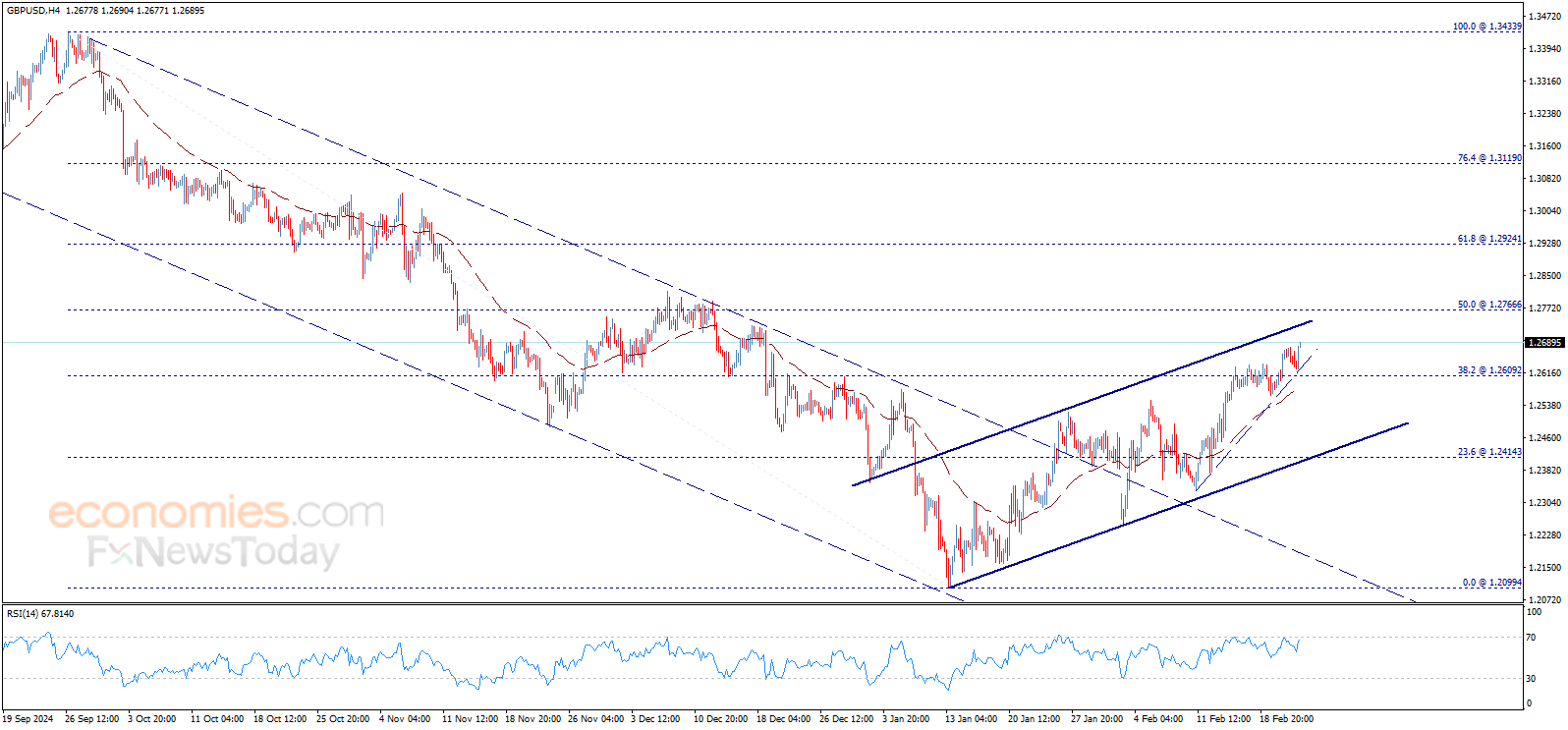Is Web3 Gaming Poised for a Breakthrough or Bound for Failure? Discover the Truth!
- Web3 gaming is facing significant challenges, with 75% of projects launched since 2018 failing within a year.
- Notable failures include Dimensionals, Shrapnel, and Illuvium, highlighting issues like legal troubles and poor player engagement.
- Inconsistent regulations and a focus on hype have hindered genuine progress in the industry.
- Emerging games like DRFT Party and Catizen display creativity, attracting players through engaging experiences.
- Major companies like Ubisoft and PlayStation are proving the potential of blockchain to enhance gaming, moving beyond gimmicks.
- The shift from play-to-earn to play-and-earn models reflects gamers’ demands for more meaningful experiences and rewards.
- 2024 is crucial for the future of Web3 gaming, with potential for transformation towards innovation and player empowerment.
As 2024 unfolds, the Web3 gaming landscape teeters on a knife’s edge, with ambitious dreams overshadowed by disheartening failures. A staggering 75% of projects launched since 2018 have faded into oblivion within a year, leaving the industry in a state of uncertainty.
The cautionary tales abound: Dimensionals, once revered for its NFT potential, renounced the Web3 model, while Shrapnel stumbled through legal chaos. Even Illuvium, heralded for its interconnected games, grapples with player engagement—an all-too-familiar saga for this volatile sector. With the persistent issues of inconsistent regulations and lackluster experiences, many in Web3 still chase hype over substance, risking their future in a market that craves genuine entertainment.
Yet, amid the gloom, 2024 offers glimmers of hope. Innovative developments are breaking through the monotony. Games like DRFT Party and Catizen on Telegram showcase depth and creativity, creating engaging environments that attract players rather than alienate them. Heavyweights like Ubisoft and PlayStation are stepping up, proving that blockchain can enhance gaming experiences, not merely add a gimmicky layer.
The winds of change are undeniable. Players are no longer passive consumers; they demand entertainment and tangible benefits. This push mandates a shift from outdated play-to-earn models to more engaging play-and-earn experiences. As gamers take the reins, the fractured world of Web3 is on the brink of transformation.
In this pivotal year, will the industry finally shake off its troubled past and embrace a future defined by innovation and player empowerment? The answer may hold the key to Web3’s real destiny. Stay tuned!
Is 2024 the Year Web3 Gaming Finally Takes Flight?
As we move further into 2024, the Web3 gaming sector finds itself at a crossroads, with both challenges to overcome and exciting opportunities to embrace. While the statistics surrounding past project failures loom large—75% disappearing within a year—new models are emerging that could redefine the landscape.
Market Insights and Trends
– Innovative Game Models: Titles like DRFT Party and Catizen stand out for their focus on community engagement and creative gameplay mechanics, a departure from traditional pay-to-win frameworks.
– Industry Heavyweights Entering the Space: Companies like Ubisoft and PlayStation exploring blockchain technologies are a significant shift in the market, showcasing the potential of mixing familiarity with innovative tech for enhanced player experiences.
– Shifting Player Expectations: Modern gamers are transitioning from passive experiences to more interactive and beneficial engagement, leading demand for play-and-earn models rather than the outdated play-to-earn approaches that have largely failed.
Limitations and Challenges
– Regulatory Inconsistencies: Continued uncertainty around regulations can deter investment and innovation in the Web3 gaming space, making it crucial for developers to navigate these waters carefully.
– User Experience Issues: Many projects still struggle to develop compelling user experiences. This lack of focus can lead to quick project failures, as seen with fan-favorite titles that couldn’t maintain player engagement.
Predictions
Experts anticipate a gradual consolidation of successful models in 2024, with the balance tipping toward games that genuinely engage players. Companies adopting a more player-centric approach may be more successful, potentially leading to a more sustainable development cycle.
Frequently Asked Questions
1. What are the main benefits of blockchain in gaming?
Blockchain can provide players with true ownership of in-game assets, increase transparency in gameplay mechanics, facilitate secure transactions, and create decentralized economies that allow players to monetize their skills and time.
2. How do play-and-earn models differ from traditional gaming models?
Play-and-earn models emphasize player engagement and enjoyment, rewarding users not just for spending money but for participating actively in the gameplay, creating a more enriching experience compared to traditional pay-to-play or pay-to-win models.
3. Which companies are leading the charge in Web3 gaming?
Leading companies include Ubisoft and PlayStation, which are experimenting with integrating blockchain technology to enhance gameplay experiences. Startups like DRFT Party and Catizen also show promise with their innovative approaches to decentralized gaming.
Conclusion
The Web3 gaming sector stands on the brink of either transformation or continued turmoil. As 2024 progresses, a clearer picture will emerge regarding which trends will dominate and whether the innovations will take root firmly in the gaming community. The future holds potentials that could reinvigorate the industry, turning past failures into stepping stones for success.
For more insights on the evolving landscape of Web3 gaming, visit The Verge for comprehensive coverage and updates.
Source link
Written by : Editorial team of BIPNs
Main team of content of bipns.com. Any type of content should be approved by us.
Share this article:










